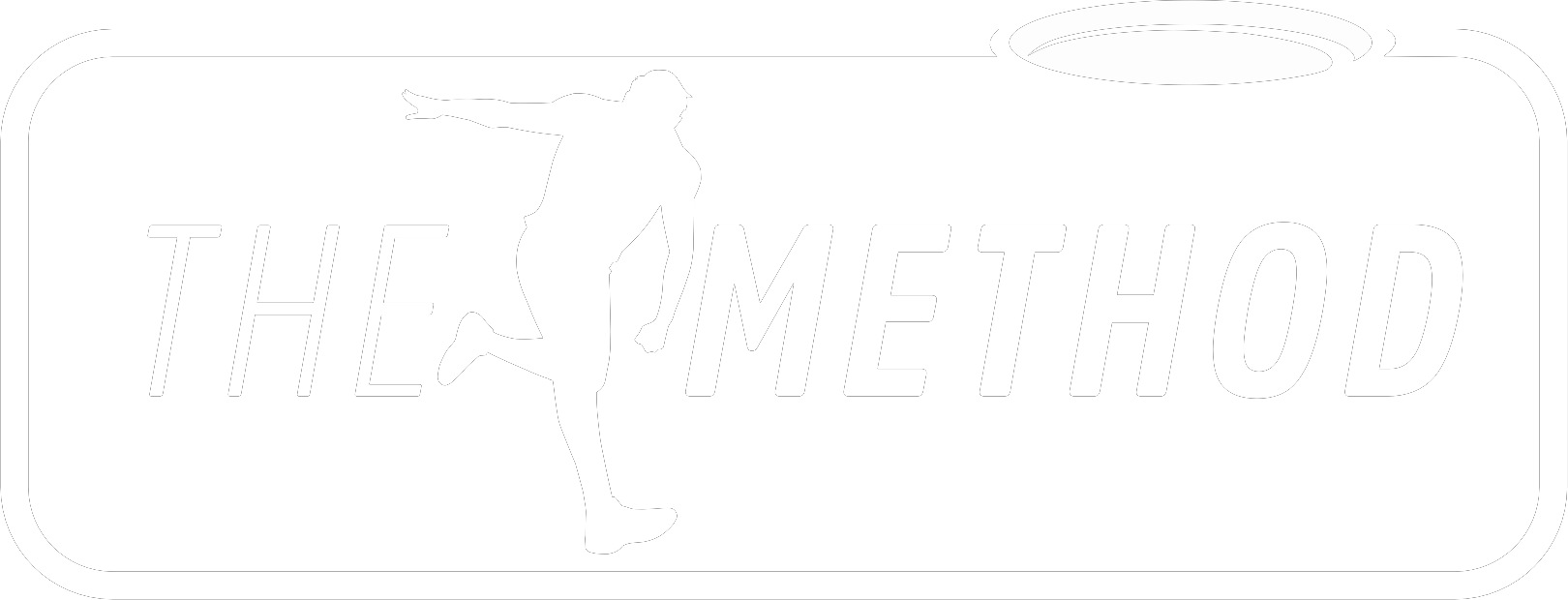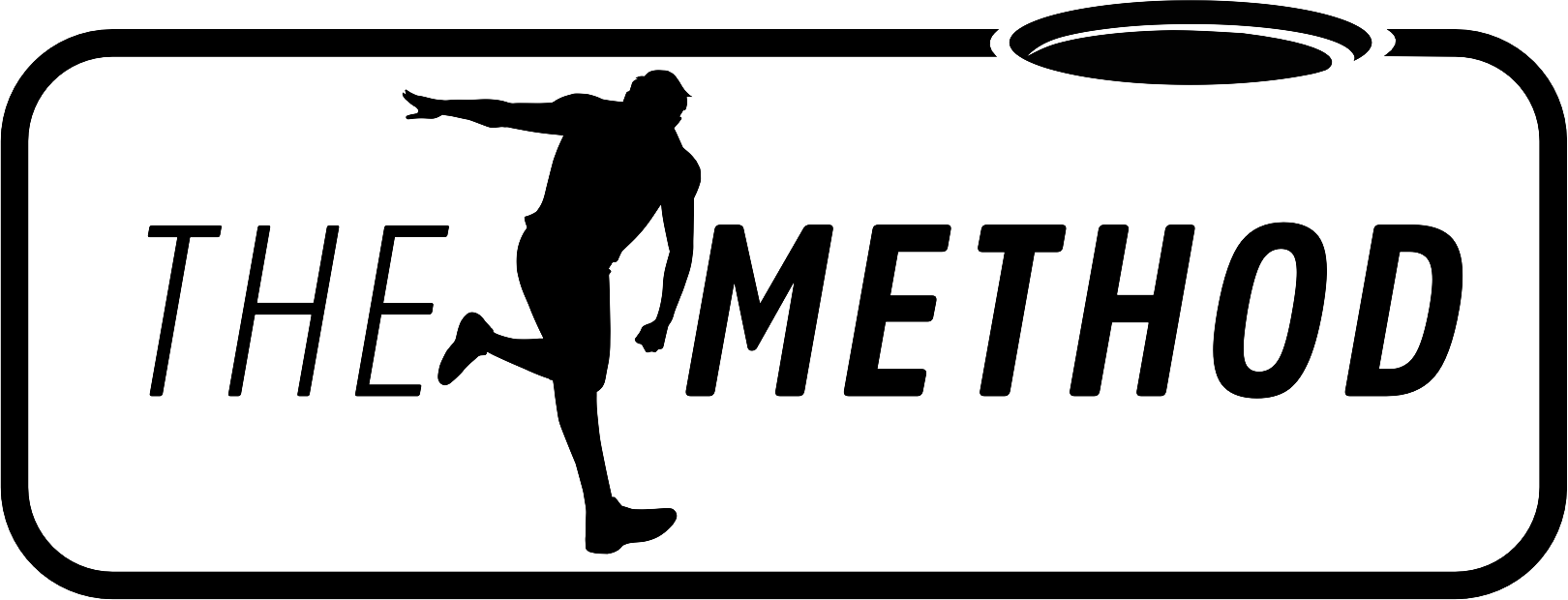Disc Golf Evolution In NZ. An American’s Perspective. PART II
PART 2: Two Decades of Disc Golf Evolution in New Zealand. From an American’s perspective.
By: Brian Weissman
In my last blog post, I hinted at some drama unfolding in the background of my first New Zealand disc golf tournament, involving a player named Simon Feasey. Here is the rest of that tale.
The inaugural Waiheke open unfolded over two 18-hole rounds, one played in the morning and the second in the afternoon, after lunch. Waiheke Island sits out in the Auckland harbor, a roughly 45 minute ferry journey away. The island’s lone disc golf course is an additional half hour bus ride from the ferry terminal. If you ever find yourself in Auckland I do recommend a visit to both Waiheke and to the course, which dots the hillsides surrounding a giant series of groomed fields called “The Onetangi Sports Complex”.
Despite the lengthy journey required, I managed to reach the course about a half hour before the event kicked off. I was joined by roughly two dozen other players, some local on the island and a bunch who had to journey various distances from the mainland. One of that latter group was Simon.
In late 2005, Simon Feasey was notable not just as the best disc golfer in New Zealand, but in the entire Southern Hemisphere. He began playing disc golf in 2000, and is one of the lucky players to boast a four digit PDGA number. Coincidentally, Simon’s PDGA # is 8508, which lands it quite close to my old DCI number from my professional Magic the Gathering days. I was just 370 digits distant, at 8878. Here is Simon’s PDGA membership info:
By 2005 Simon hadn’t had a lot of opportunities to compete in events large enough to boost his rating above 1000, but he was already objectively a 1020 rated player. His arsenal included a ferocious backhand that could fly in excess of 500 feet (150M), back when very few pros could throw that hard. He had an incredibly-rounded, effective game that transcended his experience at the sport, and he was feared in any event he attended.
Lucky for me, and for everyone else playing in the Waiheke open, Simon missed his ferry connection that morning. The next sailing was a little over a half an hour later, and by the time he arrived at the Onetangi Sports Complex, Simon’s group had already completed seven holes. Based on the rules of the event, that meant that he carded the maximum number of shots allowed on a given hole. When Simon began competing on hole 8, his score stood at 49 strokes!
I heard about this drama as I was making my way around the course in round one. As I mentioned before, my thumber made mincemeat of the course, and I found myself solidly in first place after round one, with a score of -10. Simon had shot brilliantly over his final 11 holes, but his nine birdies measured against the first seven quadruple bogies had him still in a distant last place.
However, in the afternoon, the wind picked up, turning the hilly course into chaos. Players of all abilities struggled in the wind, me included, and all I could muster for round two was a -3. People who shot well in the morning carded scores in the + double digit range, and almost no one shot under par. Simon, however, was a different story.
New Zealand’s best player came on like a freight train in that second round, and whispers began to circulate that he was somehow making a charge for the lead. I didn’t know the actual numbers until the second round was over, but it turns out Simon shot an insane -15 for his second round. That result, combined with his +19 from the first round gave him a final score of just +4, which was good enough for a top five finish!
In the years following our meeting at the Waiheke event, Simon and I have become good friends. He is pretty much “the man” in the New Zealand disc golf community. He has helped to create dozens of courses around his country that attract players and tourists from all over the world. He frequently hosts members of the pro disc golf glitterati at his sprawling property west of Auckland, called the “Bella Rakha Retreat Centre”. Visitors there have included Simon Lizotte, Nate Perkins, Nate Doss, Dave Feldberg, and many others.
Additionally, Simon’s hard work has led to the co-founding of RPM discs, which has become a big supplier of flying plastic to many parts of the world. RPM’s discs are things of beauty to behold, not just in flight, but in the hand as well. Most of the company’s discs are named after various native birds, including things like the Kahu, the Kotare, the Piwakawaka and the Ruru. They are illustrated by a local Maori artist, in the classical ancient style.
Increasingly, RPM is gaining renown not just for their discs, but for their baskets as well. Their unique design, known as the “Helix Basket”, was on full display at the recently-concluded “2025 Tour Down Under”. The Helix Basket is a true work of art, designed by Simon to maximize both aesthetics and functionality. Here is a link to its upgraded version, called “Helix 2.0”
In case you missed the Tour Down Under, it just unfolded over four courses spread out across the North and South Islands. A whole bunch of top American pros came out to compete there, including Aaron Gossage, Ella Hansen, Ezra Robinson, Juliana Korver, Luke Humphries, Jeremy Koling, and Kevin Jones.
Simon competed in the tour as well, doing the opposite of sandbagging by playing in the M40 division. He is 57 now, and despite his age, he took American touring pro Paul Oman down to the wire on the final day of the New Zealand national champs, ultimately finishing in second place. I had the pleasure of caddying for Simon during his final two rounds, where he demonstrated some breathtaking skill.
Go Throw Disc Golf covered the tour extensively on Youtube.
I’ve been traveling steadily to New Zealand since 2005, and consider it a second home. It is where I co-founded Grinding Gear Games studios back in 2006, and worked to develop the global ARPG colossus “Path of Exile”. It has been such a joy watching New Zealand disc golf grow and expand over the last two decades, and I’m excited for the future of the sport down under. If you’re ever thinking of doing some disc golf tourism, especially in the North American or European wintertime, you could not find a better place to visit.

